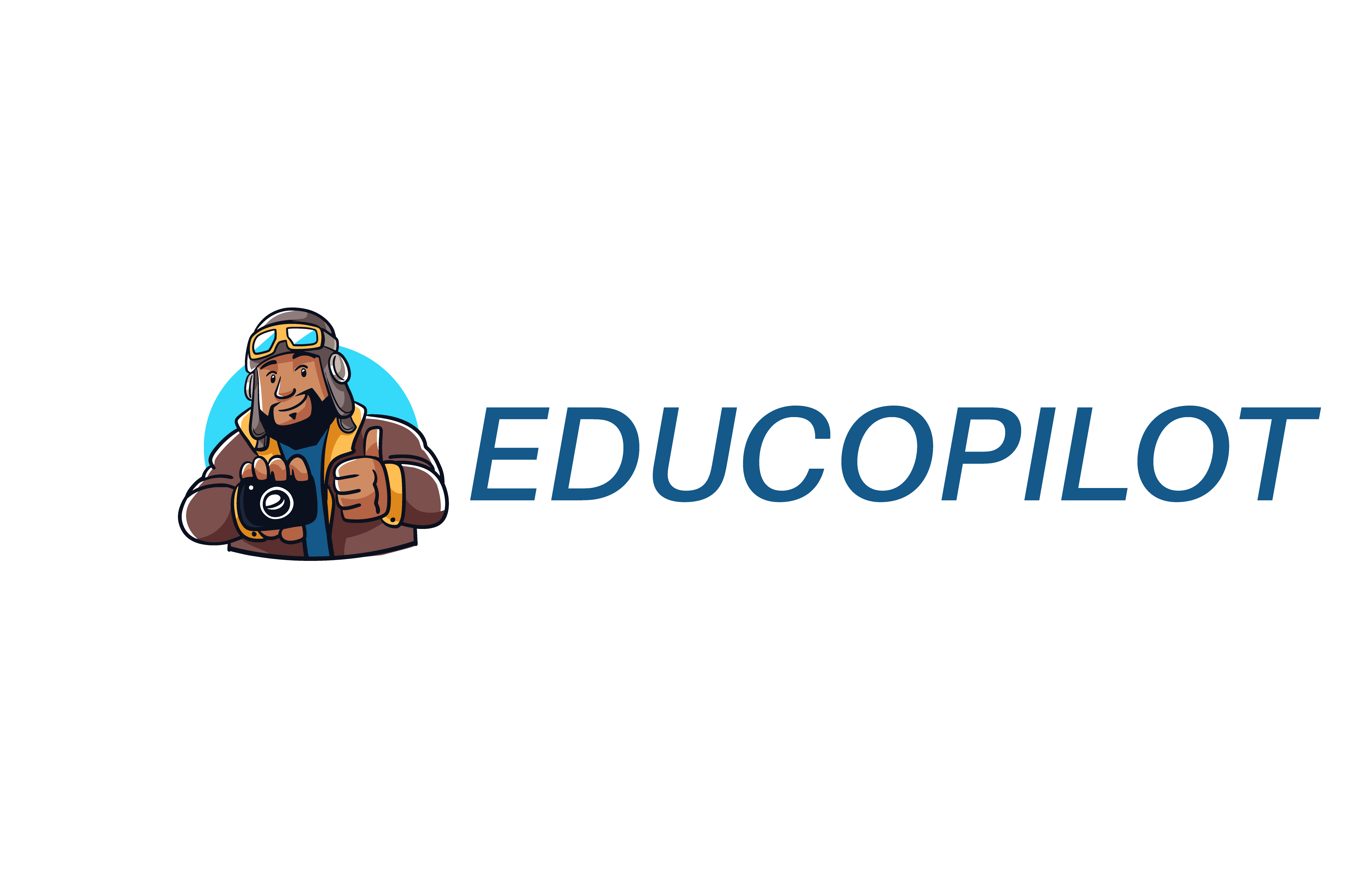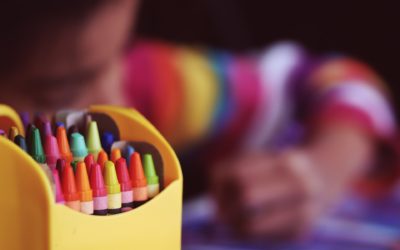The Power of High Expectations: A Double-Edged Sword for Students and Educators
Written By
In the world of education, high expectations have long been heralded as a cornerstone for student success. The belief that students will rise to meet the standards set before them is a principle deeply embedded in our schools, classrooms, and even in our societal mindset. Yet, while the idea of having high expectations can be a powerful motivator, it can also become a heavy burden, both for students and educators alike. It’s time to examine this notion more critically and reflect on how these expectations can either propel us forward or weigh us down.
Eden’s Story: A Creator’s Dilemma
Take, for example, Eden, a young content creator whose YouTube channel started to gain traction after years of effort. He had been trying to create a successful channel since he was 14 years old, and after much persistence, his hard work began to pay off. But with that success came unexpected pressure. He was prepared for the criticism and hate that often accompany an online presence, but he was not prepared for the love and the expectations that came with it.
“What now?” Eden wondered. “How do you deal with managing such high expectations?”
In a world that measures success in views, likes, and positive feedback, the pressure to maintain a certain level of output and engagement can easily overshadow the joy of creation. The same applies to educators and students. Whether you’re an educator tasked with achieving certain student outcomes or a student striving to meet academic or personal expectations, the pressure can become overwhelming.
Everything has been said, written, and done before, but no one has said it, written it, or done it quite like you.
The Trap of External Validation
So, what was my advice to Eden?
Forget about your audience. Whether they’re sending you praise or hate—it’s all a distraction.
Forget about outcomes. Do it for the joy of creating, teaching, or learning, not for the accolades, grades, or external approval.
Forget about your peers. While it’s beneficial to be inspired by others, constantly comparing your work or achievements to those around you can hold back your personal growth.
This is not to suggest that feedback and standards are inherently bad. In fact, they are essential in helping us gauge our progress and adjust our methods. But when the focus shifts too much to external validation, it can rob us of the intrinsic joy in what we do.
In schools, this often manifests as students working tirelessly not for the love of learning, but for the approval of teachers, parents, and peers. Similarly, educators may find themselves teaching not for the passion of inspiring young minds, but to meet institutional goals or societal expectations.
The Classroom as a Stage
Much like a content creator, students and educators are constantly performing. Whether it’s striving for higher test scores, creating dynamic lesson plans, or achieving behavioral benchmarks, the classroom can become a stage where every action is scrutinized and measured. Students are often told that success is only achieved through meeting or exceeding these high expectations.
While this mindset can foster discipline and a strong work ethic, it can also lead to burnout, anxiety, and self-doubt. When students internalize the idea that their worth is tied to their academic success, any failure feels like a reflection of their personal value. The same can be true for teachers, who may feel that their competence and worth as educators are directly connected to their students’ performance.
The Joy of Learning and Teaching
To counterbalance this pressure, we must return to the heart of what education is all about—the joy of learning and teaching. The best educators are those who inspire a love of discovery, not a fear of failure. The best students are those who learn not just for the grade, but for the sheer joy of gaining new knowledge and perspectives.
Imagine a jazz musician who gives up playing because every note has been hit before. Everything has been said, written, and done before, but no one has said it, written it, or done it quite like you. This philosophy should guide our approach to both teaching and learning. Encourage students to express their creativity, take risks, and pursue their passions without the looming fear of failure. As educators, we must allow ourselves the same freedom—to teach from a place of passion and curiosity rather than from the pressures of external expectations.
Shifting Expectations for a Healthier Mindset
How do we create a culture of high expectations that still fosters creativity, curiosity, and joy? The key lies in reframing our understanding of what “high expectations” really mean.
-
Set Goals, Not Standards: Instead of focusing on rigid standards, we can shift toward setting personal, flexible goals. This encourages both students and educators to work towards improvement rather than perfection.
-
Value the Process, Not the Outcome: High expectations should be about engaging in the process, not just the end result. By focusing on the journey—whether it’s mastering a math concept, creating a piece of art, or leading a classroom discussion—we can emphasize growth over performance.
-
Celebrate Effort and Creativity: We often celebrate success in terms of grades, awards, or outcomes, but we should also acknowledge and reward effort, creativity, and resilience. This will shift the focus from external validation to internal fulfillment.
-
Create Safe Spaces for Failure: It’s important to remind students and educators alike that failure is not the opposite of success; it’s part of the process. Creating a classroom environment where mistakes are seen as opportunities for learning can reduce anxiety and encourage risk-taking.
-
Foster Individuality: Just as no two creators are the same, no two students or teachers are alike. Emphasize the value of individuality and the unique contributions that each person brings to the classroom. Encourage students to find their own voice and way of learning, and educators to develop their own teaching style.
The Ripple Effect of High Expectations
When we approach high expectations with this more holistic mindset, it creates a ripple effect. Students who are encouraged to pursue learning for its own sake become more engaged, creative, and confident. Educators who focus on the joy of teaching rather than the pressure of outcomes are more fulfilled and motivated in their work.
In both cases, the result is a healthier, more balanced approach to education—one that values growth over perfection, process over product, and joy over external validation. This shift in perspective is essential in fostering an environment where students and teachers alike can thrive.
Final Thoughts: High Expectations as a Tool, Not a Burden
Ultimately, high expectations should be seen as a tool for growth, not a burden to carry. When used effectively, they can inspire students and educators to push beyond their perceived limits and achieve great things. But when these expectations are focused solely on outcomes, they can lead to burnout, frustration, and a loss of passion.
Let’s challenge the conventional wisdom of high expectations and instead embrace a more balanced, joy-centered approach to education—one where we all have the freedom to grow, learn, and create at our own pace, without the weight of external pressures. Because at the end of the day, everything may have been said or done before, but no one can do it quite like you.
More Posts
The Power of Rituals in Education
Fostering Creativity, Well-Being, and Artifacts of Learning In the educational landscape, where...
Why creativity is more than a nice-to-have for students and teachers
Creativity may be the most important skill to learn in school, but it's often misunderstood—and...
Four Warm-Ups To Get Students Thinking Creatively
The benefits of using creative warm-ups in your classroom are numerous. Creative warm-ups can...




0 Comments